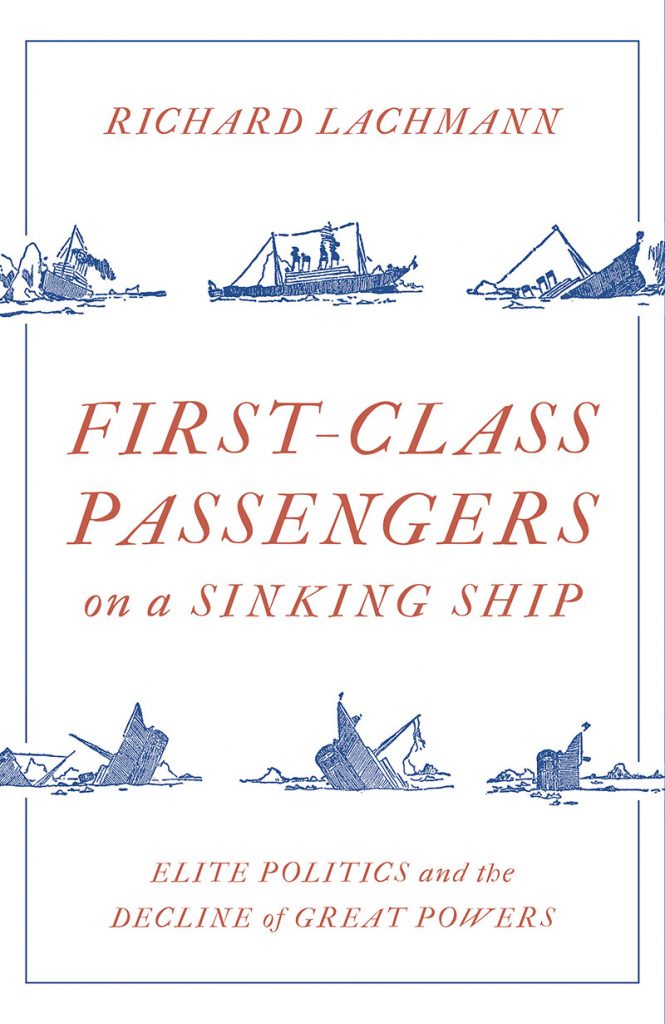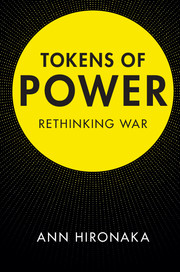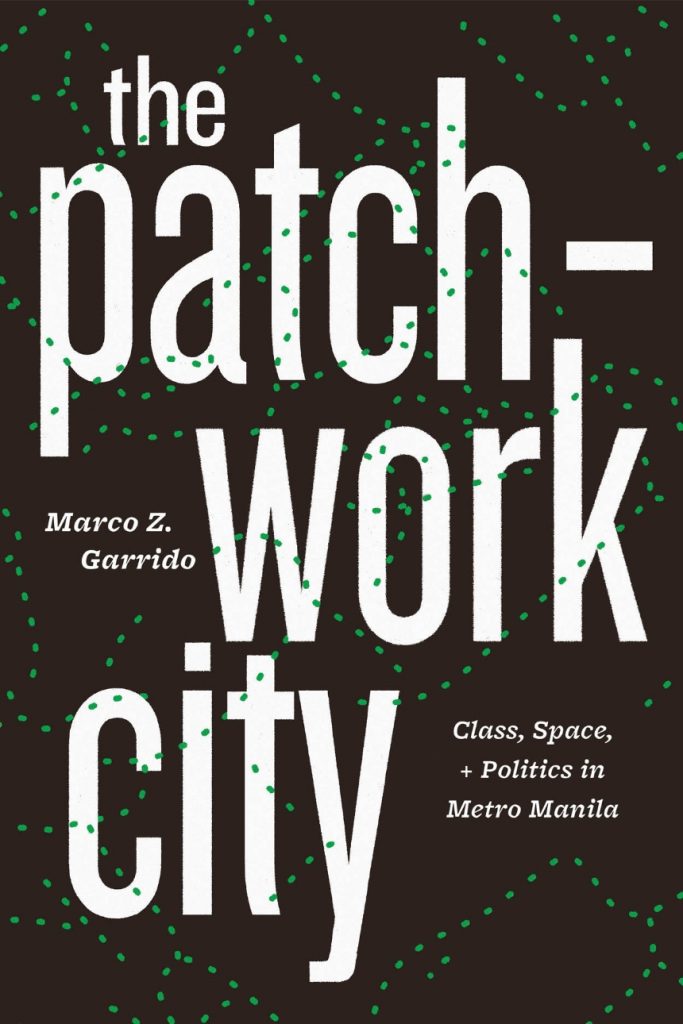Reckwitz, Andreas. 2021. The End of Illusions: Politics, Economy, and Culture in Late Modernity. Polity Press.
Building on his path-breaking work The Society of Singularities, leading cultural theorist Andreas Reckwitz offers a sociological analysis of the general sense of disillusionment which many are experiencing in the wake of recent events such as the Brexit vote, the election of Trump and the rise of populist leaders elsewhere.
Reckwitz attributes this disillusionment to a profound structural shift over the last 30 years, in the course of which classical industrial society has given way to a new kind of modernity—one that is shaped by the new class society, the characteristics of a post-industrial economy, the conflict between culture and identity, the exhaustion resulting from the imperative to seek authentic fulfilment, and the crisis of liberalism.



